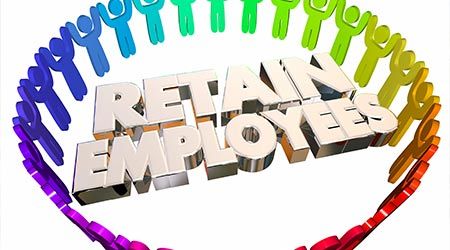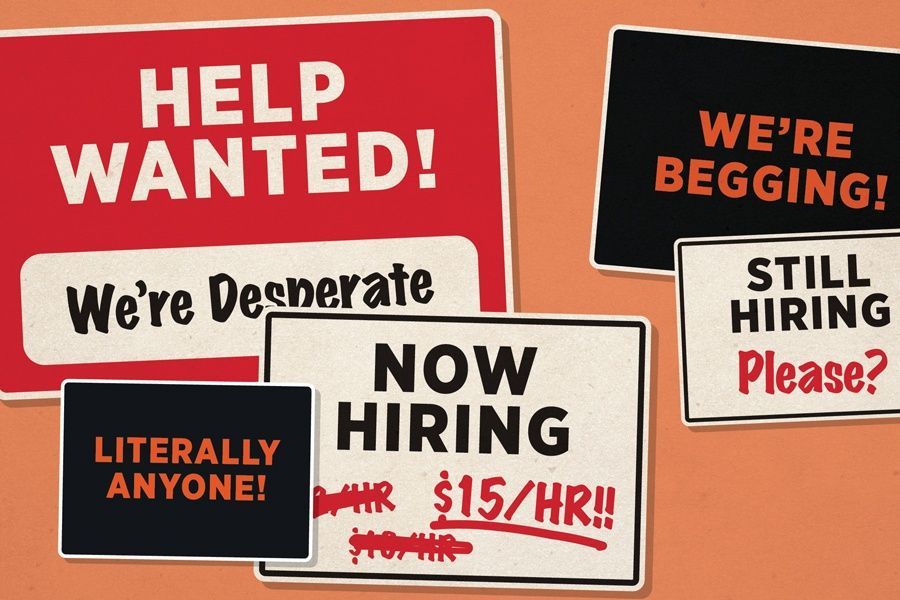What Do You Do When Everyone Has Been Traumatized by 2021?

As they say, the first step in all recovery programs is admitting there is a problem.
No matter what your political views are, you must admit that 2021 was a traumatizing year. From Covid to the attempt to stop the transition from one President to the next, the unending shootings of people, the exploding acting out people are exhibiting on planes, in meetings and in community.
2021 has been an emotional roller coaster for us all.
Yet, in this past year there have been many who have continued to work to serve our communities from health care to law enforcement to grocery workers to our trash collectors to those of us who work in child and family services.
Everyone has been impacted by the events of the past year. What I have seen is expansive untreated trauma.
Our leaders of organizations who have worked tirelessly to keep our essential services going. In child and family services we have continued to protect our most vulnerable children (as well as seniors and disabled).
Our staff have also worked equally tirelessly to do their jobs and serve our communities’ children and families during the pandemic and the insanity of people’s behavior through the past year.
I hear from staff at all levels how they are burned out and exhausted by the past year; that they are numb; that they want out.
These words tell us we have an institutional mental health crisis as a result of 2021. We have been traumatized and now need to do trauma recovery while still providing services. The challenge is figuring out how to do this.
I recommend a senior leadership retreat where a trained trauma recovery specialist facilitate the senior leadership team (1) assessing the level of trauma in the staff including themselves, in the agency’s partners’ and clients (2) and then map out a concrete trauma recovery plan for themselves and the agency’s staff.
The solution is not more time off or more money. Both are nice but do not address the trauma and burnout.
The senior leadership team working with a competent trauma recovery specialist who works at an institutional not a solo client level and helps senior leadership look at options and build concrete plans.
Let me be concrete.
Look at your agency’s turnover for 2021vs 2020. Did it go up or did staff stick with the agency through the year?
The HR specialists tell us: Some 65% of employees are looking for a new job right now, according to an August 2021 poll of 1,007 full- and part-time U.S. workers conducted by PwC. That's nearly double the 35% of workers who said they were seeking new work in May.
Are you prepared to lose 1/3 to 2/3 of your staff?
It is less costly in time and money to retain good staff than replace good staff.
That brings me to training your supervisors to be success coaches. If your supervisors worked with staff in a success-focused model they are more likely to stay than if you supervise staff in a progressive discipline model or don’t individually supervise them on a regular basis at all. Let me be clear, case review is NOT supervision but a different and necessary function. If you don’t know the different then you have an even bigger problem.
Our field will never pay its staff what they are worth, so we have to offer something else to retain our staff.
Decades of studies tell it two-pronged approach:
Connect staff to a powerful, positive compelling mission they can buy into.
Maximize their success in the job (their direct supervisor’s job)
Both tasks require the agency’s leaders to model and train supervisors how to successfully do both. And that is the content question for the senior leadership planning retreat.
Let me also be clear – the CEO/President cannot lead this planning retreat nor can any senior leader. The senior staff need to participate as equals in the discussion and planning for the action steps for the agency. They should not be distracted by facilitating the group.
Untreated trauma in adults will interfere with their success with staff and clients.
Step 1: Admit there is a degree of untreated trauma among staff (including senior leadership)
Step 2: Assess the extent of the trauma in your organization
Step 3: Make a agency specific trauma recovery plan
Step 4: Implement the plan
Step 5: At 6 months assess success and make modifications as needed to increase success
Step 6: Repeat step 5 at one year
The need is clear.
What needs to happen is clear.
The question is, Is the senior leadership willing to facilitate trauma recovery for their agency?
LEADING FROM OUTSIDE THE BOX is a monthly newsletter for human services leaders.
Its purpose is to challenge your thinking and help you improve organizational and outcome performance.
To receive your copy free, simply email Jeff Bormaster and ask to be added to the mailing list. Feel free to share these newsletters with other human services leaders, simply include the contact information.
You can read previous issues of Leading Outside the Box at www.jeffbormasterconsulting.com/topics










